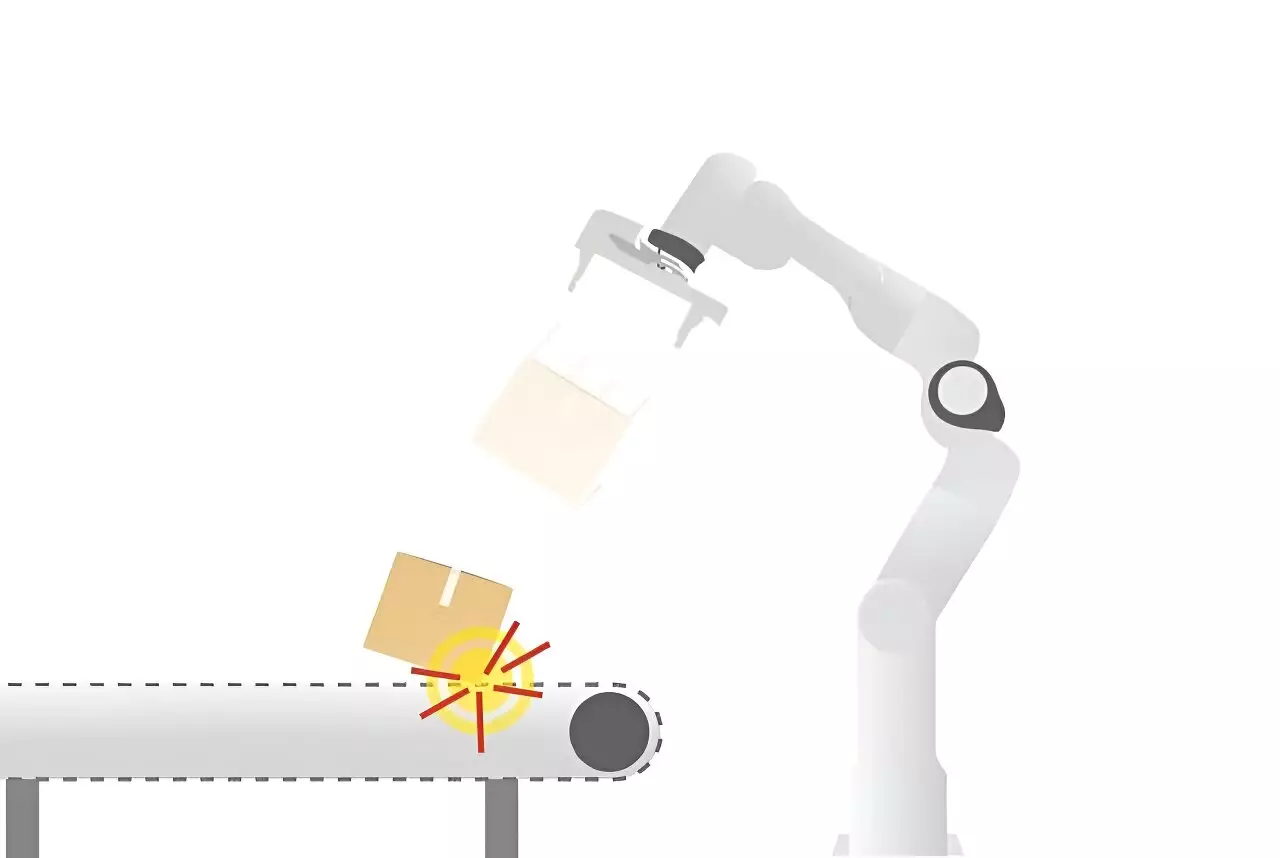In recent years, the automotive industry has witnessed a surge in robotic applications, which are now beginning to extend into sectors like logistics and beyond. However, despite these advancements, contemporary robots are still confined by notable limitations. Typically, they are designed to execute singular actions or follow a predetermined sequence of movements, repetitively, without deviation. Such rigidity not only stifles operational efficiency but also restricts the versatility of robots in dynamic environments where human-like adaptability is essential. It is imperative for future robotics to cultivate more advanced skills akin to those of humans—skills encompassing rapid physical interaction, spatial awareness, and the ability to swiftly adjust to unforeseen changes.
Alessandro Saccon, an Associate Professor at the Eindhoven University of Technology (TU/e), recently concluded an insightful research initiative dubbed the I.AM project. This work zeroed in on the critical aspect of enhancing fast physical interactions in robotics. Saccon underscores that certain jobs are ill-suited for humans due to safety concerns or ergonomic challenges. For example, tasks like managing luggage weighing up to 20 kilograms at airports, operating in hazardous zones within nuclear facilities, or navigating through disaster-stricken environments are better orchestrated by machines. Additionally, there are ambitious plans to utilize robots for planetary exploration in space, underscoring the necessity for these machines to be equipped with advanced capabilities.
A stark contrast exists between robotic and human interaction with the environment. Current robots typically engage in static interactions, shying away from scenarios where rapid physical contact could be beneficial. Conventional robotics research heavily focuses on collision avoidance, which is a prudent strategy; however, the I.AM project pioneered a shift toward ‘collision exploitation.’ This innovative approach focuses on enabling robots to dynamically engage with their surroundings—specifically, learning how to swiftly pick up heavy objects while maintaining reliability, even when faced with uncertainties and disturbances.
One of the challenges that engineers must overcome is the unpredictability of the objects that the robots will handle. A robot may misjudge the weight of an object or miscalculate its location by mere centimeters, thus leading to complications in execution. The crux of the research is understanding how to optimize robotic movements to withstand such discrepancies. This exploration into impact-aware robotics allowed researchers to leverage fundamental physics principles, including mass and friction, alongside advanced simulations to bridge the gap between theoretical models and real-world scenarios.
The iterative nature of this research is commendable. As a cycle of theory application in simulations to hands-on evaluation unfolded, substantial improvements were observed. Insights gained from real-time measurements of robot interactions with various objects laid the groundwork for developing a control algorithm that respects impact dynamics and enhances operational speed and reliability.
Collaborating with prominent industry partners such as VanderLande, a leader in logistics automation, provided invaluable insights into real-world applications of robotics. This partnership facilitated the exploration of current pain points in logistics, enriching the research quality and relevancy. The hands-on testing conducted in a shared laboratory space at TU/e was a significant advantage, fostering close interaction between students and researchers and igniting a passion for innovation.
Through rigorous testing, comparisons between virtual simulations and practical experimentation revealed essential lessons about impact dynamics. Alongside the development of innovative suction grippers designed for optimized motion control, the Netherlands has reaffirmed its position as a leader in the robotics domain. It has long been recognized for pivotal contributions to medical robotics, mobile robotics, and now, with projects like I.AM, the advancement of impact-aware technologies.
The successful outcomes of the I.AM project have drawn significant international interest, signaling a blossoming era in impact-aware robotics. While the journey is promising, it remains fraught with complexities. Researchers like Saccon are committed to delving deeper into robotic planning and perception—areas that were not fully explored during the current project. The ongoing collaboration with various companies reflects a robust growth trajectory, marked by an increasing engagement of students who have transitioned into industry roles post-project.
As the field of robotics continues to evolve, the challenges of enabling machines to seamlessly mimic human behaviors in dynamic environments persist. Nevertheless, the I.AM project stands as a testament to the potential that lies within innovative robotic research. As we gaze into the technological future, it is essential to remain dedicated to pushing the boundaries of what robotics can achieve, ensuring that the machines of tomorrow are not only efficient but also adaptable and intelligent companions across a myriad of applications.


Leave a Reply